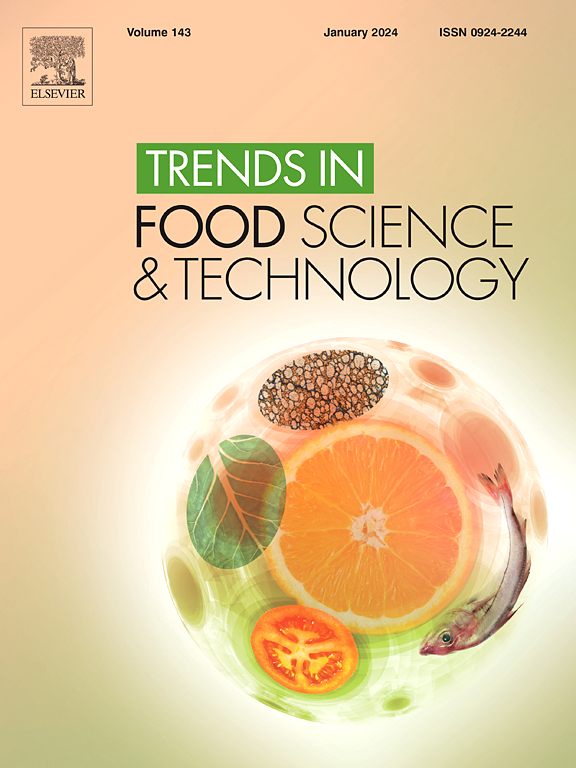Recent publications in the field of food authentication have reported using analytical methods which measure changes in sample composition. These changes can be due to a variety of causes such as the presence of adulterants, different production methods, or varying geographical origins of food. While the increasing use of marker-based approaches is beneficial in combating food fraud, there is a pressing need to adopt a harmonized approach for validating these markers. In this article, we make recommendations for harmonized terminologies and general definitions related to food authenticity markers. First, we propose the terms “primary” and “secondary” markers to distinguish between direct and indirect authentication. The terms “single” and “dual” authenticity markers, and authentic “profiles” and “fingerprints” are suggested to distinguish between the number of analytical targets used. We also recommend that the terms: “threshold”, “binary”, and “interval” markers are applied depending on how they discriminate authentic from non-authentic samples. Second, we advocate for harmonization in marker discovery approaches. A summary of the main analytical techniques, published guidelines, data repositories, and data analysis approaches is presented for various marker classes while also stating their applicability and limitations. Finally, we propose guidelines for the analytical community concerning marker validation. In our view, the validation of the authentication method should include the following steps: 1) applicability statement; 2) experimental design; 3) marker selection and analysis; 4) analytical method validation; 5) method release; 6) method monitoring. Implementing these approaches will represent a significant step towards establishing a wide range of fully validated and accredited methodologies that can be applied effectively in food authenticity monitoring and control programs.


